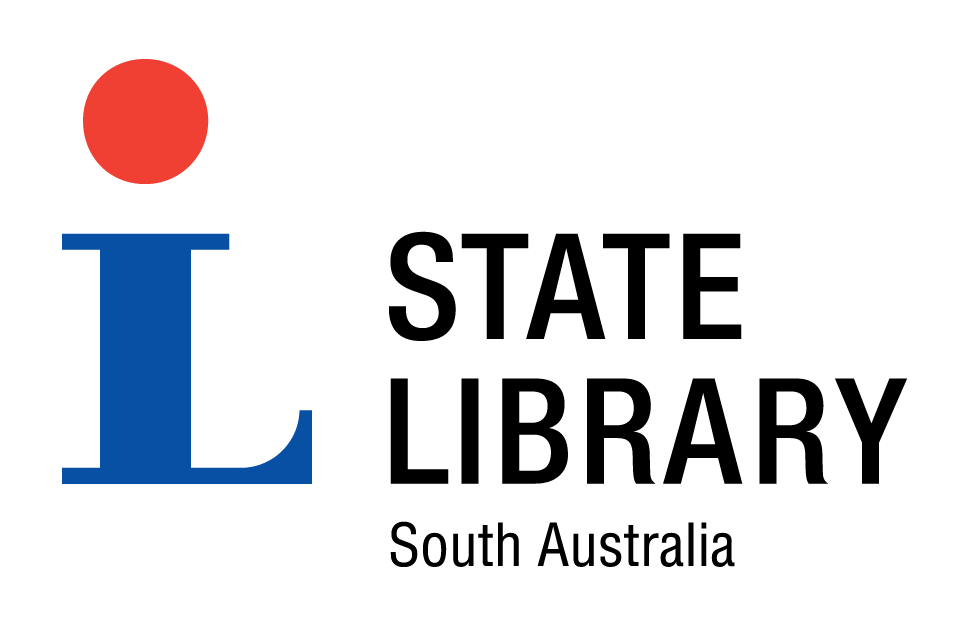
Adoration of the Magi: folio 89v |
|||
|---|---|---|---|
| Title : | Adoration of the Magi: folio 89v |

|
|
| Creator : | Catholic Church. | ||
| Source : | Italian Book of hours, c1375 [manuscript] | ||
| Date of creation : | c1375 | ||
| Format : | Manuscript | ||
| Contributor : | State Library of South Australia | ||
| Catalogue record | |||
| The State Library of South Australia is keen to find out more about SA Memory items. We encourage you to contact the Library if you have additional information about any of these items. | |||
| Donated by : | Friends of the State Library of South Australia |
| Copyright : | Reproduction rights are owned by State Library of South Australia. This image may be printed or saved for research or study. Use for any other purpose requires permission from the State Library of South Australia. To request approval, complete the Permission to publish form. |
| Description : |
In the Adelaide Hours there are 19 thumb-nail sized historiated initials [initial capitals that contain an illustration that is relevant to the particular passage] and which are six lines high and introduce the main sections of the book. These are very elaborate with foliate and knotted motifs, highlighted in white. The predominant colours are blue, yellow, orange, green and pink with a lavish use of burnished gold. These initials contain a story, usually a moment in the life of Christ or of his mother the Virgin Mary. The letters are painted blue and pink, forming the frame for the image; there is often a further line in gold inside the main frame. It is this internal line of gold that is often used to bring the 'action' of the image closer to the reader, by positioning the picture over or beyond the internal frame. Folio 89v Letter D Adoration of the Magi: sext. As in the Nativity folio 81r, the Child on Mary's lap is disproportionate, directing the reader's attention to contemplation of Christ. Nothing of the gold inner frame is visible as the artist brings the moment of worship into the reader's space. The three Magi stand in adoration as Mary's gaze is fixed upon her Son. His Mother's protective hands are again depicted disproprtionately large as she cradles him. He is swaddled in bright red cloth and is the chief focus of the image. A large illuminated letter A also stands out on the page. The border is typical of others throughout the volume with lavish acanthus foliage; on this page a large bird stands out amid the bottom border. The Gothic border was a development of the late 12th and early 13th centuries, and occupying the margins of the pages, allowed a greater interaction between the text and the illustration. In the Adelaide Hours the use of burnished gold is not restricted to the historiated initial but is used throughout the border decoration. |
| Subjects | |
| Further reading : | Stocks, Bronwyn 'The Illustrated Office of the Passion in Italian Books of Hours' in The art of the book: its place in medieval worship edited by Margaret M. Manion and Bernard J. Muir Exeter: University of Exeter Press, 1998 pp. 111-152 The medieval imagination: illuminated manuscripts from Cambridge, Australia and New Zealand edited by Bronwyn Stocks and Nigel Morgan South Yarra, Vic.: Macmillan Art Pub., 2008 pp. 184-85 Manion, Margaret Medieval and Renaissance illuminated manuscripts in Australian collections by Margaret M. Manion and Vera F. Vines; with a foreword by K.V. Sinclair Melbourne: Thames and Hudson, 1984 pp. 70-71 The Cambridge illuminations: ten centuries of book production in the medieval West edited by Paul Binski & Stella Panayotova London: Harvey Miller, 2005 De Hamel, Christopher A history of illuminated manuscripts Oxford: Phaidon, 1986 |
| Internet links : |


